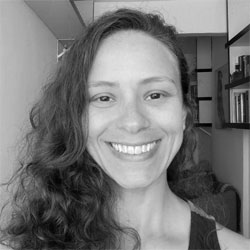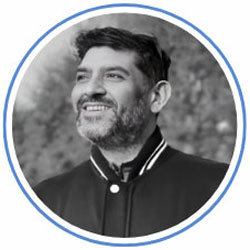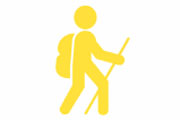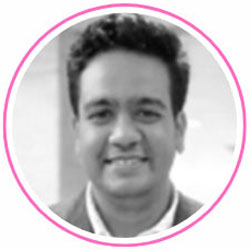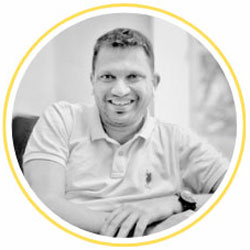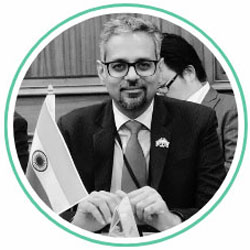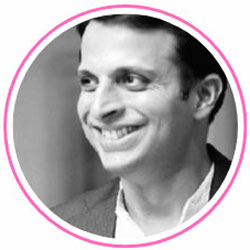‘In the present, in the now’: My attempt at climbing Kili
This blog is not about winning or losing, success and failure, leadership or otherwise. This blog is quite simply about showing up and being present. More specifically, this blog is about my experience and learnings from my attempt at climbing Kilimanjaro; the highest mountain in Africa at 5965 meters above sea level and the only free-standing mountain in the world.
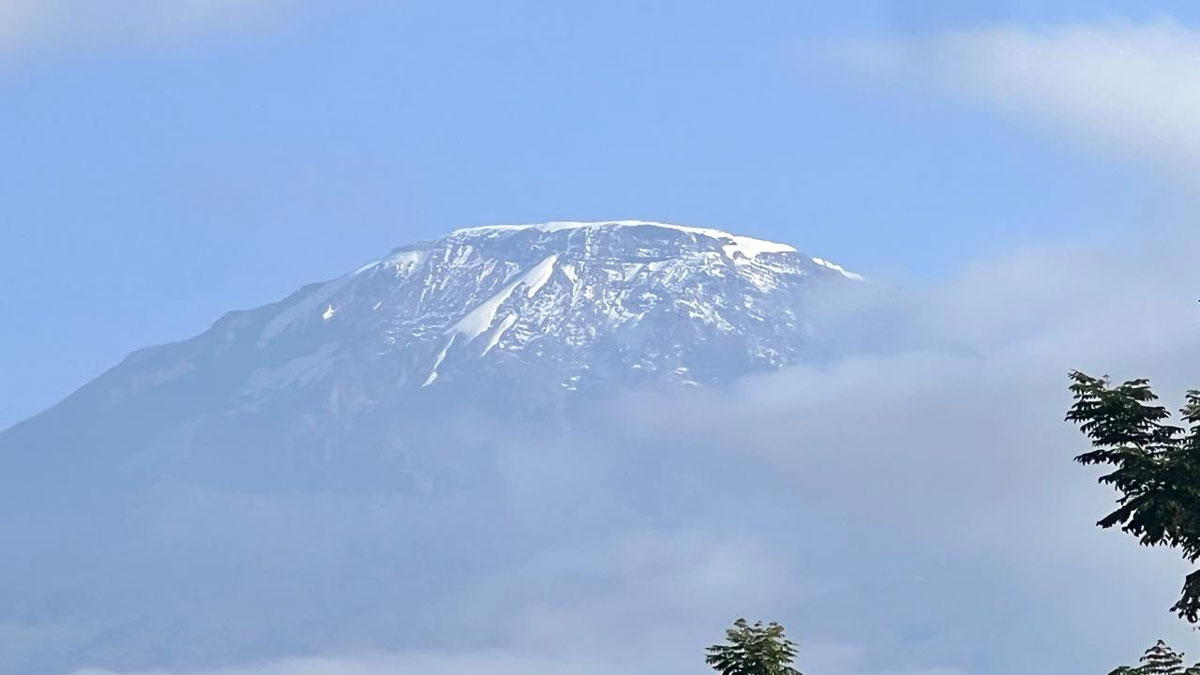
As a practitioner of martial systems and other body arts, I have learned one lesson – ‘Don’t rely on motivation, rely on discipline’. There have been instances when I have relied on motivation, only for it to dissipate extremely fast. Motivation is like a spike of excitement, much like the Gu Energy Gel – a high concentration of sugar and carbs. It gives you a frenzied energy boost before you crash. Discipline, on the other hand, is consistent and allows you to function in a self-aware state. As soon as I decided that I wanted to climb Kilimanjaro, one thing was certain – the attempt would be futile if I did not train and prepare myself through discipline.
Whilst I was training for the climb, one of the things that I needed to keep in mind was consumption – what I was eating, thinking, and feeling (thinking and feeling are important because determination is fuelled by your thoughts and the heart). From a physical stance, I started with walking – trying to get to 10.30 mts/km, with 15 kgs of weight on my back; training with kettlebells (40 kgs) squatting; martial arts to work on agility, balance, and endurance. I also needed to train my spirit to eliminate noise and noisy people from my ecosystem. Over a period, I was able to get rid of as much noise as I could. I also watched what I ate and how much I ate. I have been fasting as a practice for over 4 years now, so it was not too tough. But I needed to cut my intake of carbohydrates and I love my rice and chapattis. I struggled but managed to cultivate portion control habits. Carbs are fuel for the body. A lesson I learned quite painfully as I struggled with carbs during the climb.
The summit day at Kilimanjaro is an 18-hour journey. You start at midnight, walking with one foot in front of the other and not stopping. It takes six hours from Kibo Hut to Gillman’s point, then another two hours to Stella Point and then one hour to Uhuru Peak. Gillman’s point, Stella and Uhuru are the three peaks that make Kilimanjaro. And then starts the most underestimated yet most important aspect of a journey – the descent. Long story short, you need to train if you want to go and test yourself in the outdoors. You need to be there, in the moment, in the present, ‘Pole Pole’ (‘Slowly Slowly’ in Swahili).
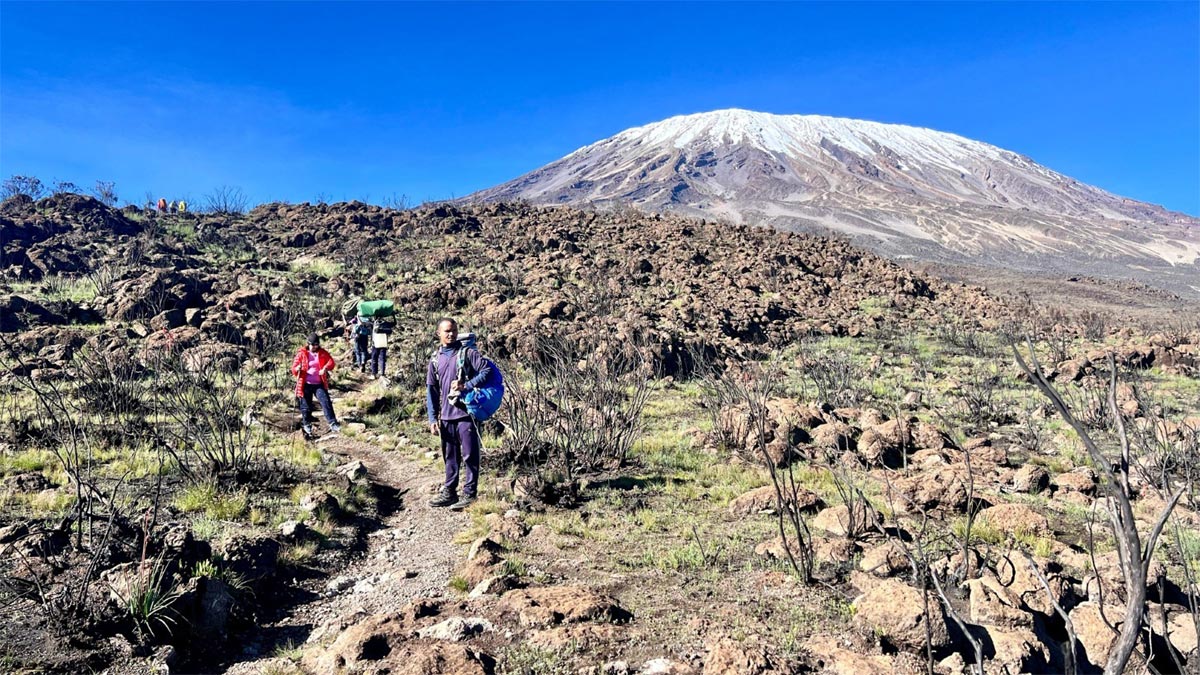
On Feb 2nd, I flew to Tanzania to Kilimanjaro airport to start my journey. I chose to travel with a group led by Vaibhav Kala – founder of Aquaterra Adventures, an India-based adventure company with 30 years of experience. I could not have been in safer hands. Also on this trip were Richard (Richie and I met on a river trip a few years back and got along like a house on fire), his 14-year-old daughter Maya, and Ravi or “Counsel” as we call him (this was Ravi’s maiden trekking trip and he summited Kili without trekking poles!). I’ll introduce the characters of this story as they appear.
Counsel, Vaibhav and I flew from Delhi to Addis Ababa to Kilimanjaro. Richie and Maya flew in from Dubai. We had a day to relax in Moshi, the town around Kilimanjaro. The other town is Arusha. Some of you may remember the iconic 1962 John Wayne film, Hatari, that was shot in and around Arusha National Park. The Hatari lodge is located inside the park, and I had an opportunity to have lunch with the wonderful lodge owners as their guest, while looking at giraffes, zebras and wild boars (who were looking at me as well). The owners welcomed me, despite me landing up without a reservation, and helped fulfill a childhood dream for my friend Trimon, a wildlife expert and my travel buddy based out of Assam, and me.
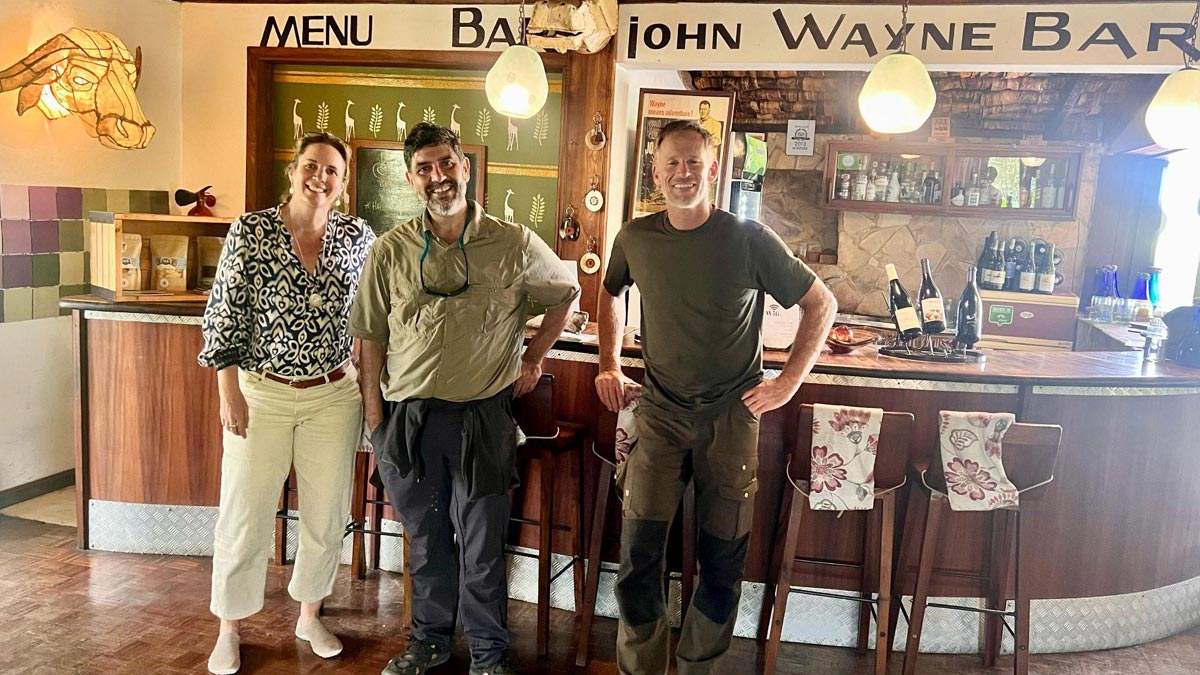
(Marlies & Joerg – Owners of Hatari Lodge – and Me)
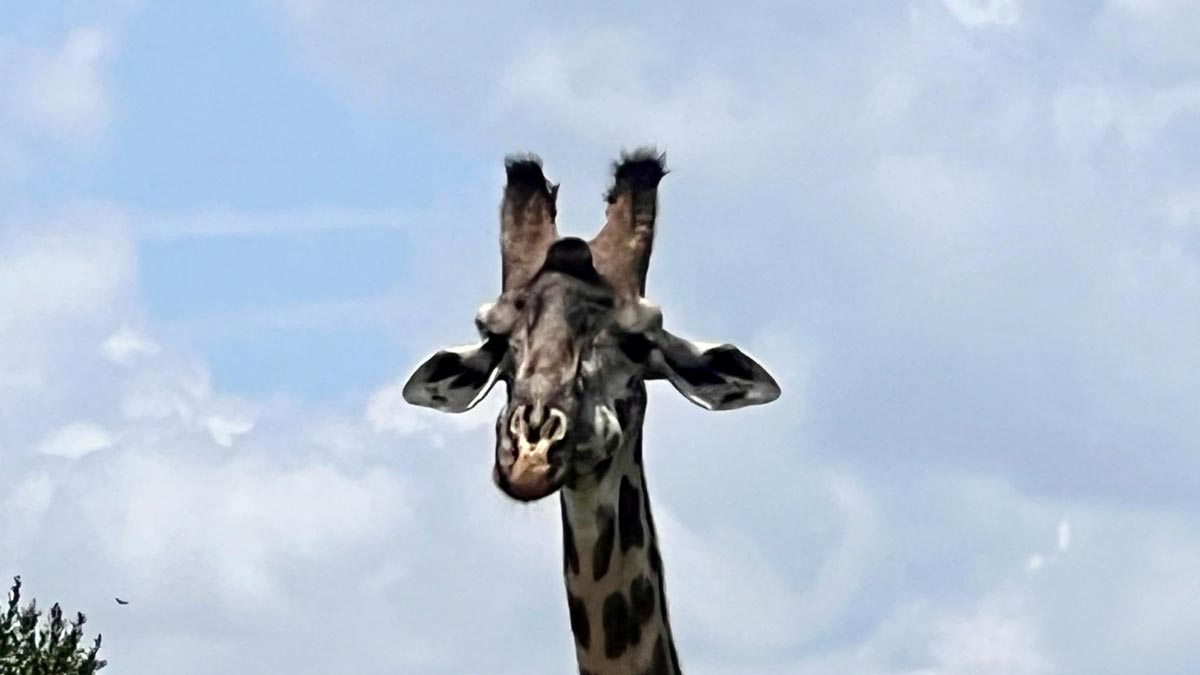
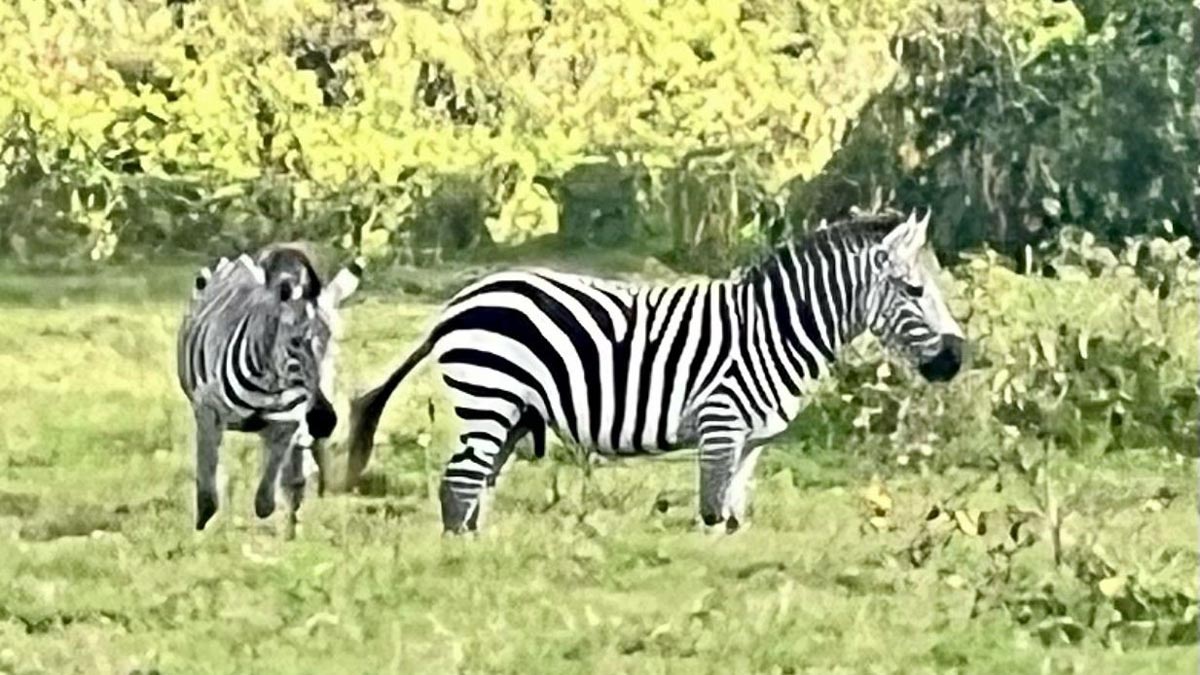
The next day, the rest of the group came in, some from Delhi, some from Mumbai, some from Jaipur and one from Hyderabad. All except one. Valerie or Valeria as we teased her, much to her disdain, had misplaced her passport at Addis Ababa. She couldn’t board the flight to Kilimanjaro. It was a harrowing experience for her, but she managed to get to Kilimanjaro on Feb 4th, early in the morning.
We were 12 in total; some with tons of experience in climbing mountains and some, not. But everyone was there, in the flesh, and that is what mattered. Everyone got there despite their circumstances. Kubbra, from Bombay, initially cancelled and then rejoined the trip. My mother landed up in hospital the day I arrived in Tanzania. Everyone had their obstacles but found ways to deal with/overcome them to make it to Kili.
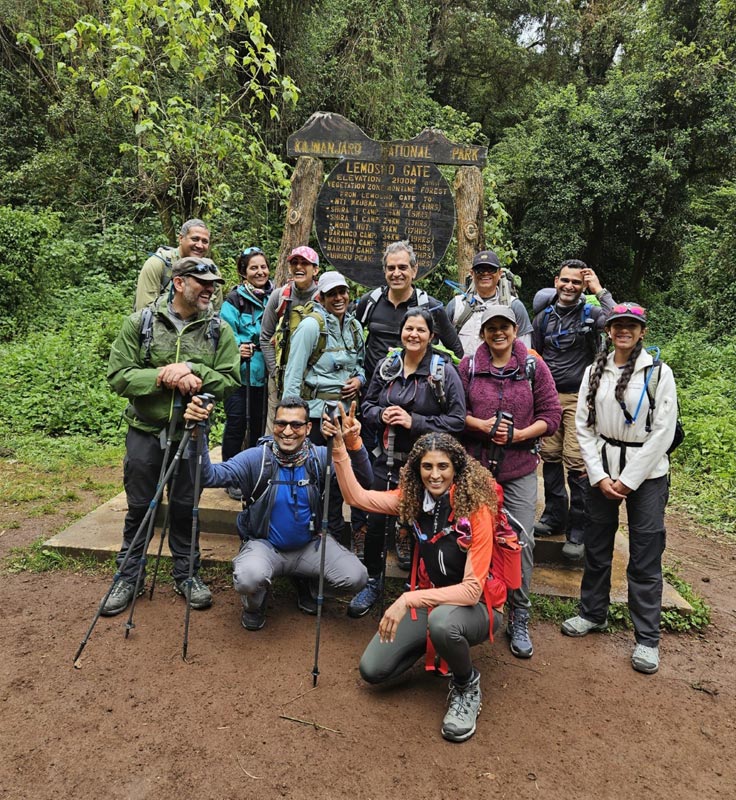
(The gang)
Mountain climbs are intense trips. They are not easy in any way for the person who embarks on such journeys. There is always a fear of something not going right. There are days when you may remain disconnected from your family; some of whom are ill. There is much preparation that is required which is time-consuming. Furthermore, these trips are expensive. The clothing you require for high altitude temperatures are an investment. When you are descending, and your feet are still comfortable and not getting bruised, do you realise the value of a branded shoe compared to the cheaper alternative. When you are in the outdoors, one thing that you do not want is for your equipment to give up, or for you to freeze. I had the right clothing and gear. I was going to be fine.
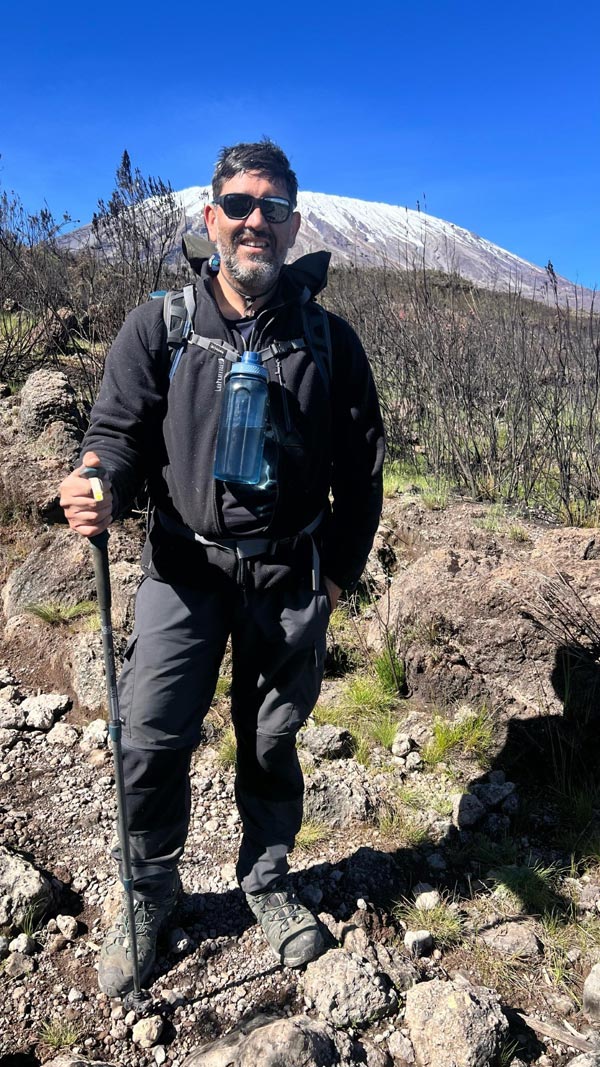
Just before we left for the Lemosho Gate, where our trek started, I realised that I was not carrying a hand sanitiser. This was a mistake. I should have insisted on stopping enroute to get one. Another mistake I made was to forget the seal lock of the 3-litre camel back water bag that I would have used for drinking while walking. This was an important lesson from this trip: Always pay attention to detail.
My stomach wasn’t the best when we started the hike. I thought it was a little anxiety tummy as a friend who summited Kilimanjaro two weeks earlier mentioned that they lost a person in their group due to AMS (Acute Mountain Sickness). By the time I reached the first camp, three hours later, walking through lush tropical forests, riddled with stinging nettle, with Blue Monkeys and the rather noisy Black and White Colobuses Monkeys keeping us entertained, my heart was pumping and feeling a little overwhelmed as was my stomach. I had picked up a bug and this was just the beginning.
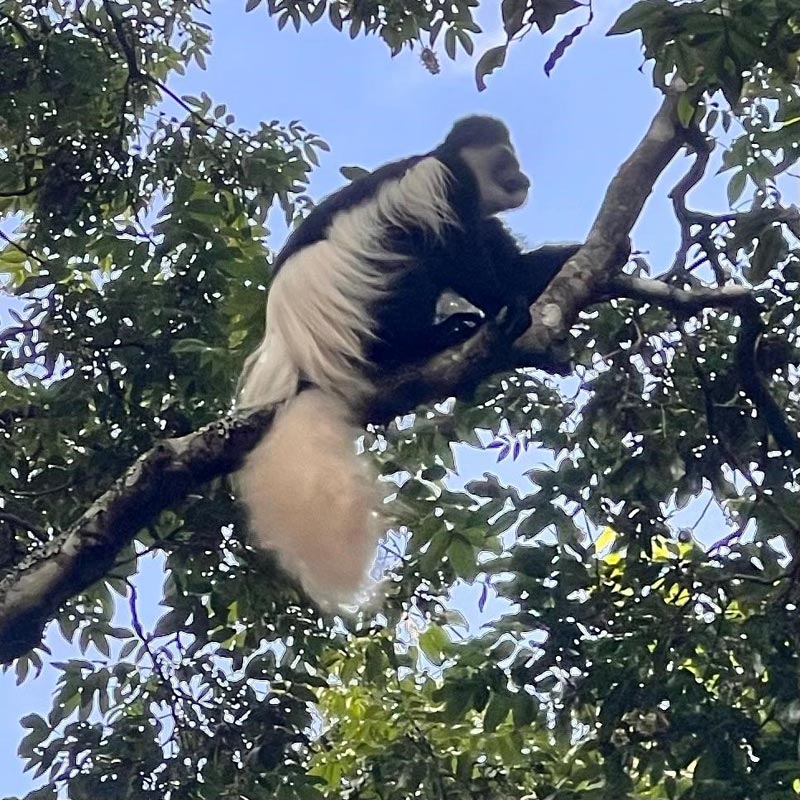
(Black and White Colobuses Monkey)
Vaibhav would take SpO2 levels (Oxygen Saturation Levels) of the entire group, every morning and evening. SpO2 levels are expected to dip during climbs, sometimes to the 60s. You always corroborate with the physical symptoms of the climbers. I was at 92 by the end of Day 1; the lowest in the group, but then years of smoking would not have helped 😉
This is where I pay my respect, with folded hands, towards the crew that made this experience and climb possible. Our portage included 60 people. These young men and women would pack up behind us after we left for the day, overtake us, set up the next campsite, including the toilet tents, and prepare food in time to feed us at fixed timings. On top of that, they had the energy to sing and dance and also keep cheering every passerby by gently telling them ‘pole, pole’.
One of the most vivid memories I have of this trip is camping above the clouds. Within 48 hours of our trek, our tents were above the clouds that covered Kenya. At night, the clouds would clear up and you could see the lights of Kenya. At dawn, the clouds would hide the lights from our eyes.
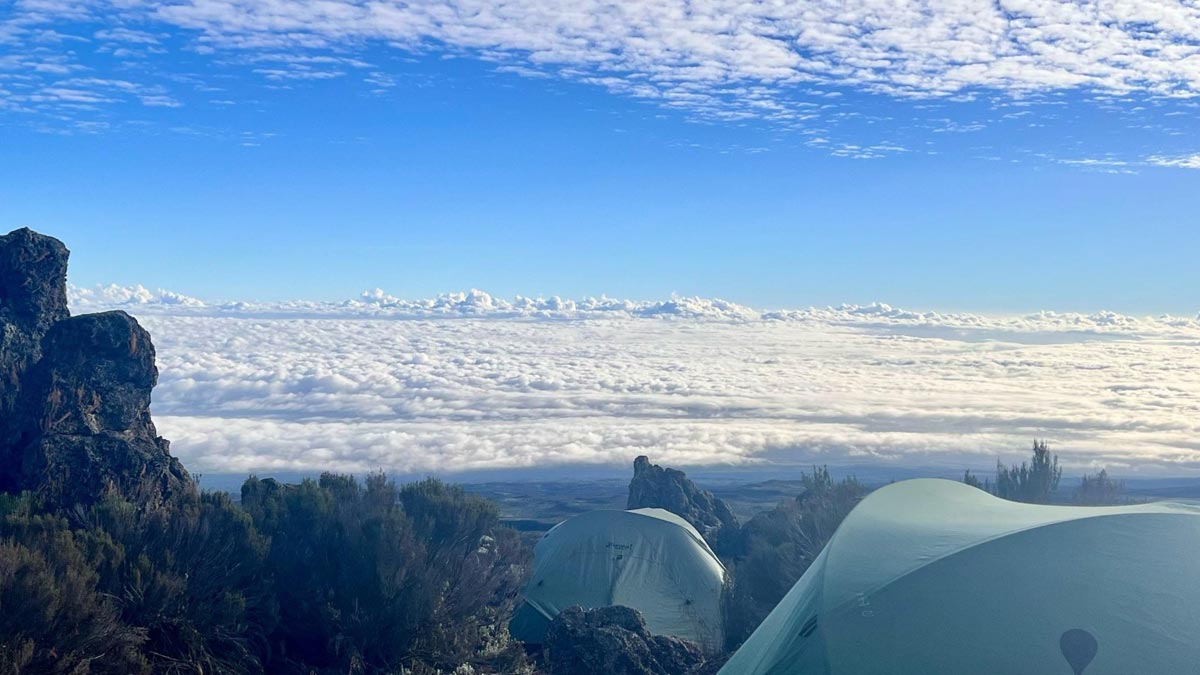
I always find myself walking alone whenever I’m in the mountains. This is the time I need for myself. This is not the space for me to be all chirpy or chatty. I need my solace. I don’t contemplate when I am walking. I am just walking. Hats off to Kubbra and Vasuki, another of my teammates, who had the energy to walk and talk all at the same time! Kubbra can have two people sit in front of her whilst she bursts into a monologue. It was so funny to watch her.
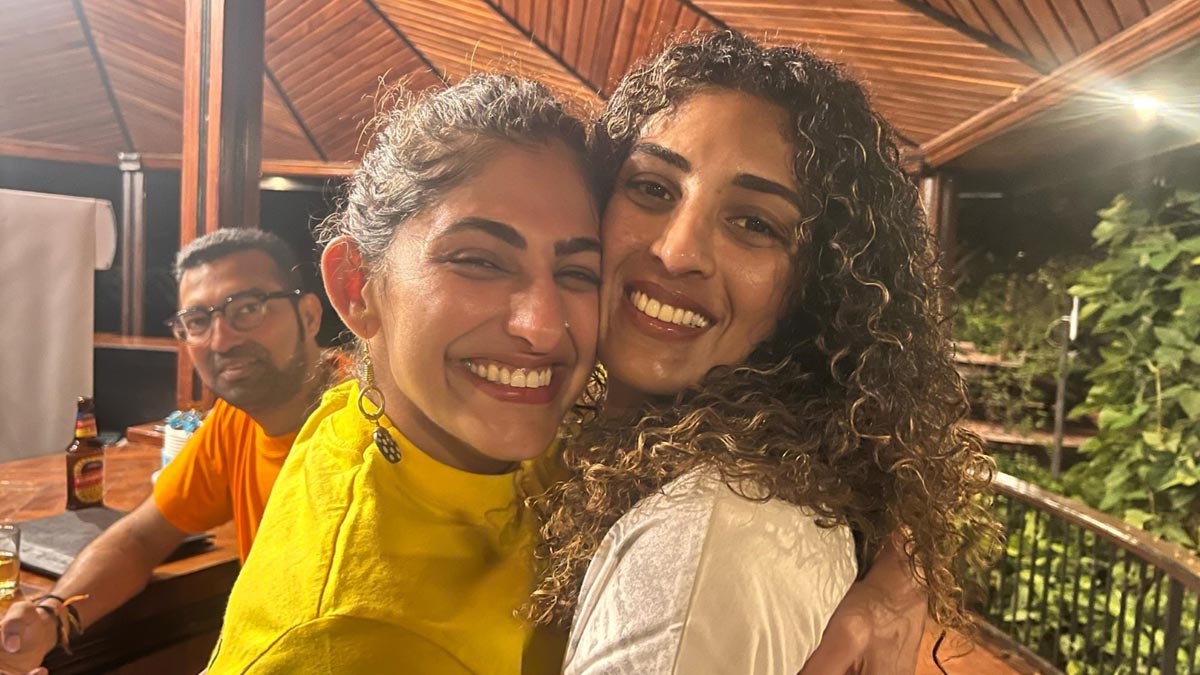
(RLo, Kubbra & Vasuki during our last night at Moshi)
Vaibhav walked with me one day for a few hours, Hari – a quiet and sturdy teammate from Hyderabad – walked with me for another couple of hours. Kannika and I walked together for a short while. Vaibhav kept telling me that Kannika had the summit pace. Kannika and I met while rafting the Siang in Arunachal Pradesh. She is inspiring. Busta – the Head Guide walked with me for a few hours on a particular day.
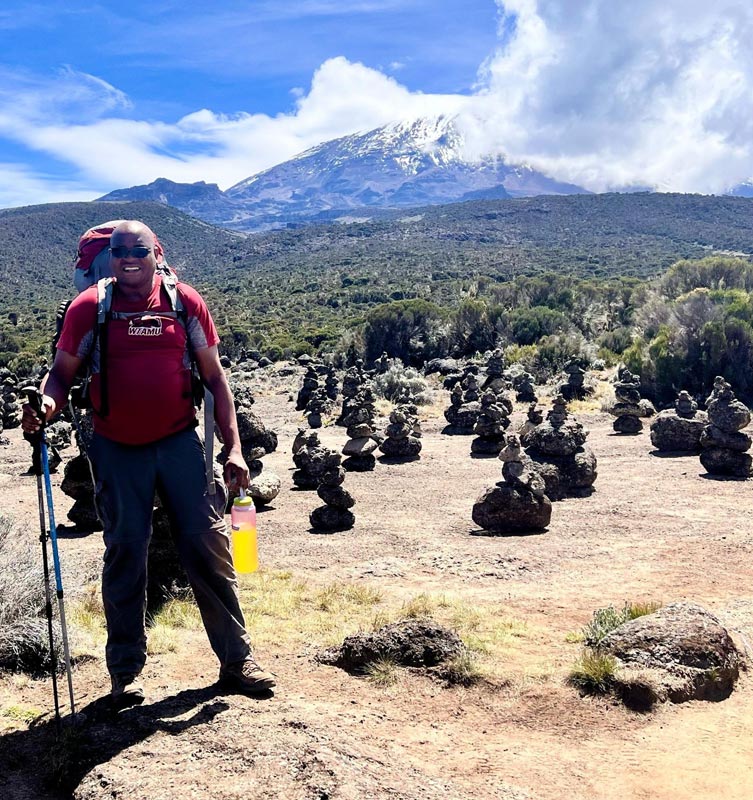
(Busta- Our Chief Guide)
Fun Fact: Busta has summited Mt Kilimanjaro over 180 times. Let that sink in.
Although there was no compulsion to talk all the time, there was a need to remain together in pace. I always joked that I was trained to be the last guy. And I was. Walking ‘Pole-Pole’, one step after another, ensuring that I don’t run out of breath. If you are out of breath, you are walking fast. If you are out of breath, you will tire yourself out. This is not a competition. It is about being there, showing up, and just being present in that action.
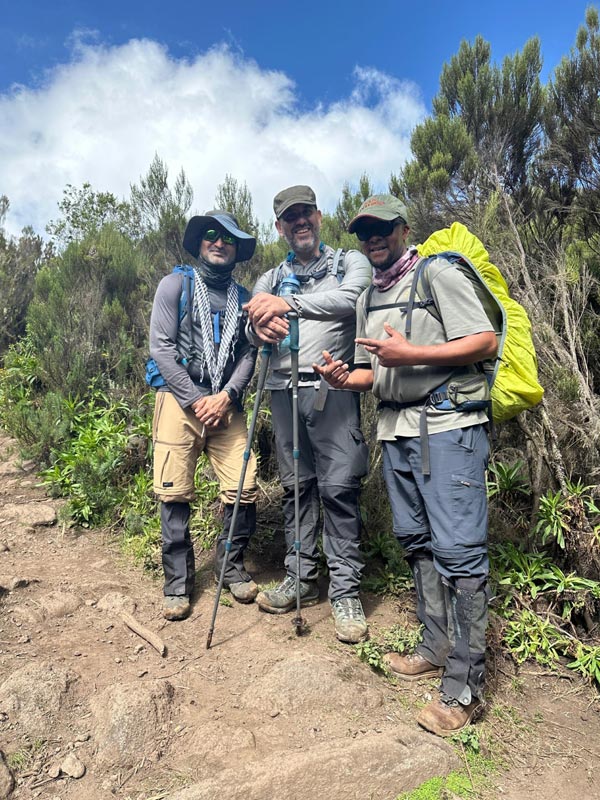
(Hari, our Guide & Me)
My stomach was violently upset by Day 3, and I started a dose of Imodium to plug it. I had it for 2 days and it did not work. Then Hari suggested I start a dose of a probiotic infection-killer medicine. That did not work either. I knew that I was going into a downward spiral soon. Because of my stomach infection, I had not eaten any carbs for four days: the fuel needed to walk for hours. I was eating nuts and chocolate for energy, but I could not hold anything down. I was losing fluids, which I was replenishing through ORS, but it was running right through me breaking the ‘3B43’ rule that Vaibhav has discovered after guiding trips on mountains and rivers for 30 years.
The 3B43 rule: Have 2 litres of water and one litre of ORS before 3 PM. Then taper the fluid intake down. Have a cup of soup and tea and that is it. It ensures uninterrupted sleep. You do not want to wake up 2-3 times to relieve yourself at night as it is an exhausting process. If you consume 3 litres before 3 pm and then taper the fluids down, you will not need to wake up. Uninterrupted sleep means more energy to walk in the thinning air.
Yet, the downward spiral had started. By Day 5, I had no energy left. I took Garlic Pills and Coca Q (Homeopathic) to help me with the acclimatization, and help they did. While I had no breathing difficulty and was not on Diamox – a medicine that helps in acclimatization – I was dehydrated. For the record, Diamox is not a sure shot answer to acclimatization. Despite no breathing difficulties, my SpO2 levels were fluctuating between 78-81. I would not have been able to ascend to 5000 meters and then summit. I worked backwards and then I had an aha moment – ‘descend asap’. I came into the main tent and announced my decision. I was calm and determined. It was the right thing to do. Vaibhav has two roles in my life, as the trip leader who was taking us to the top and as a friend. As a trip leader, you get your team to the summit and back, in one piece. It also means someone who will gauge your physical condition and decide if you are fit to climb or not. He did a brilliant job in accepting my decision gracefully. I was determined to walk down the next day and even more determined to attempt the climb again soon.
I was smiling to myself. I was having flashbacks of my trips to Africa in the past. The first time was in 2016 to raft the Zambezi River. I tore a ligament and stretched another muscle in my left arm, on two consecutive days. The second time was to raft the Nile in 2023 and I broke my nose cartilage on a Grade 5 rapid. This time, in 2024, was to summit Mt Kilimanjaro and I was here, deciding to come back soon because I could not go further in the present. My body was shuddering like how the submarine cranks and shouts as it descends further into the depths of the ocean. My body – my submarine – was crumbling as it was ascending. Mama Africa was embracing me. And I could feel her warmth. Maternal and strong – much like my mother. The decision to descend was well thought over, sans any sentimentalities and over the top emotions. And I had Kili’s blessing to descend.
My emergency contact is my sister. I look at her as one of my pillars of strength. As caregivers to our mother, my sister and I have also developed a certain sense of response to adversity or a “situation”. When I am on my travels, some crazy ones, I keep in touch with people who give me strength. Geetika is one of them. I was not in touch with too many people when I was climbing. Just 4-5 people who gave me strength, hope and courage. I am most grateful to them because they all responded to me in their unique way. Someone forbade me to die, someone told me to not do anything stupid, someone told me to hold my breath. I received a message from my friend Lionel asking if I was alive or whether he could inherit my drums! Everyone was worried and concerned. They expressed it differently.
In the meantime, Arti, a 55-year-old teammate from Bombay was breathless. Her SpO2 levels fell to 66 and she needed to descend. She was uncomfortable, panicky, and decided to go down. She spoke to her husband who immediately left from Bombay for Kilimanjaro.
Day 6 – early morning, before others woke up, Vaibhav asked me if I had changed my decision to descend. I had not. Vaibhav told me, “In that case, you must descend soon as Arti had a tough night”. I did not bat an eyelid, packed up quickly and started to walk down at 7 AM after quick byes to the rest of the team. Arti had a guide who was carrying her day pack which had her replenishments. Two porters carried ours and their luggage down, on their backs. Arti was uncomfortable and my stomach would not stop running. We were still above the clouds, but they were coming nearer. We were lowering ourselves into the clouds, ‘pole-pole’. And then at some point, we were hitting the tree line, which meant the O2 levels in the air were increasing. At this point Arti’s breathing troubles ceased as her lungs started taking in the clean oxygenated air. She was pinking up.
It was a surreal experience of descending from above the clouds. You could see Kenya in the distance. Everything was a distance away, including the Rongai Gate – we were still 4-5 hours away. It was a long exhausting descent. And never-ending. It seemed like that because I had zero energy. I needed a distraction from myself. I needed something that gave me happiness. And it was not food that cut it for me. It was butterflies; thousands of them resting and then flying off as one walked past them. I was thanking the butterflies for making the descent bearable. The knees and the thighs were taking a beating. But then, it was about being there, in totality, in flesh and blood. I was there. Dwindling, but I was there.
At some point, we stopped to take a break and a snack, and we managed to speak to our respective families. I spoke to my sister who told me that she was proud of me for taking the right decision. The summit did not matter. What mattered was the strength to say that this was it. I needed to hear it. Then I spoke with my mother who was at the dialysis centre at that time. Dialysis is a tough process on the body and leaves the patient quite drained. But as soon as I told my mother that I was planning to come back and finish what I could not during this attempt, she forgot the dialysis fatigue and quickly switched from English to Punjabi to let me know the power of ‘chittars’. English could have driven the message loud and clear but when it comes down to the mother tongue, the message goes down well and properly.
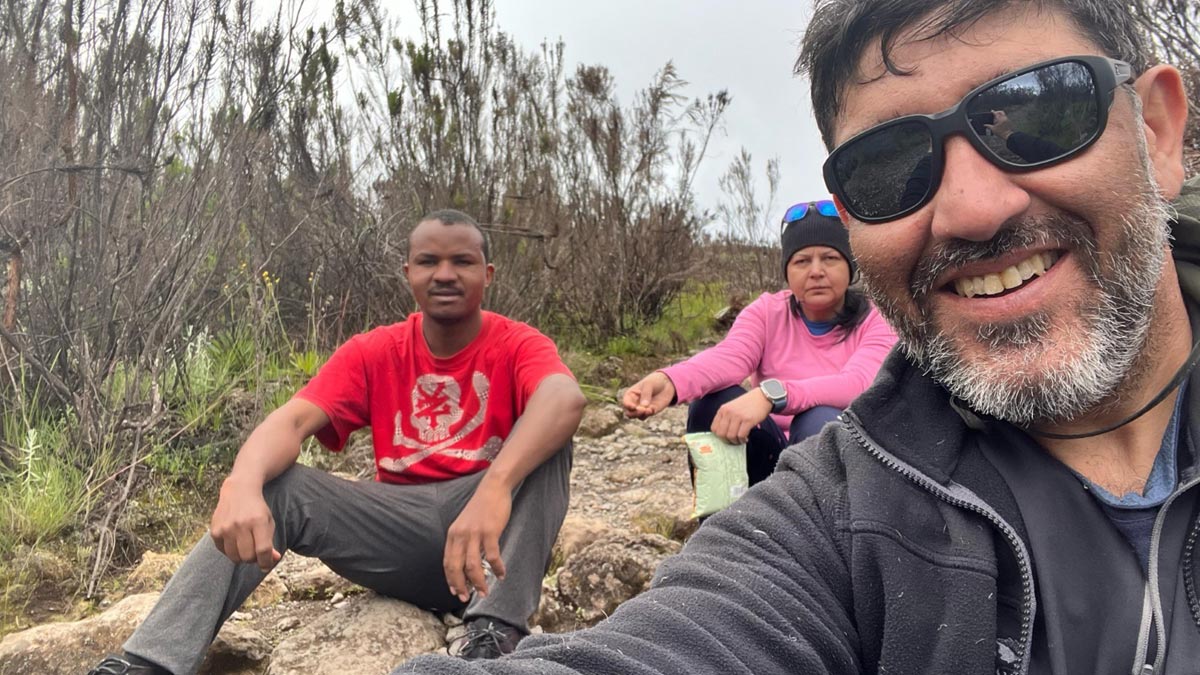
(Arti, our guide, and me on the descend)
Arti managed to speak with her children. They thanked me for helping their mother descend. I was not sure who was to be thanked. We both needed each other’s company and each other’s moral support. We needed to be there for each other. We hardly spoke for the 8.5 hours of descent from 4000 meters to the base. There was more about relationships that I learned in those 8.5 hours than I have learned living in the city. There was more about relationships that I learned on the 5 days on the mountain than most self-help books. You just need to show up, determined. Life’s climb isn’t about reaching the summit, it’s about showing up, step by step.
RLo also thanked me later after he summited (RLo, Arti & Rashmi are related and fellow climbers). He told me that he knew Arti would have been in safe hands with me. I responded with a smile and a nod. To express his gratitude, upon their return after summiting, RLo decided to destroy my 24-year-old memory of a beautiful pole dancer in the US, while he gyrated against a wooden beam of the bar at the hotel on our last night. Now I have nightmares.
Finally, we reached the Rongai Gate where we were welcomed by Halima and Michael, who drove us two hours back to Moshi. Both Arti and I had an epiphany moment of gratitude when we could sit on a comfortable car seat. I kissed the car seat in gratitude as we drove at 50 km/h to Moshi. Kilimanjaro is a 50 kmph speed zone. Try going above it and you will be stopped by cops at every corner. Thankfully, the power of slipping currency notes into cops’ hands works there too.
Arti’s husband was waiting at the hotel when we reached. It was a tender moment to witness. Full of love, affection, and gratitude. We said our goodbyes. I had requested Halima to get me some yogurt. All I wanted was a shower and my bed. I was knackered, happy to be back on flat ground and energetically finished. The only thing that kept crossing my mind was that I did not bat an eyelid making the right decision to come down. I was present throughout, in my steps and in my decisions. I had my shower. It was a blessing to be clean after days, spoke to my family and a friend. I was experiencing FOMO as I lay wondering about all the people who were at Kibo Hut by now. I was sending messages on our WhatsApp group checking in on everyone, sending photos of the mountain at specific hours letting them know that I was around, with everyone, in spirit, if not in flesh.
The rest of the group summited Mount Kilimanjaro at 5965 meters 48 hours later after a gruelling 18-hour hike to the top and back.
I had given my extras like the hand and foot warmers to Vasuki, wet wipes to Counsel and battery pack to Richard. They were of no use to me as I had decided to descend. I gave my Imagine X and Forest Unplugged banners to Council to take to the summit. He did. And then something beautiful happened. Maya Smith, my friend Richard’s 14-year-old daughter, took the banners and displayed them at Uhuru Peak – the highest point in Africa.
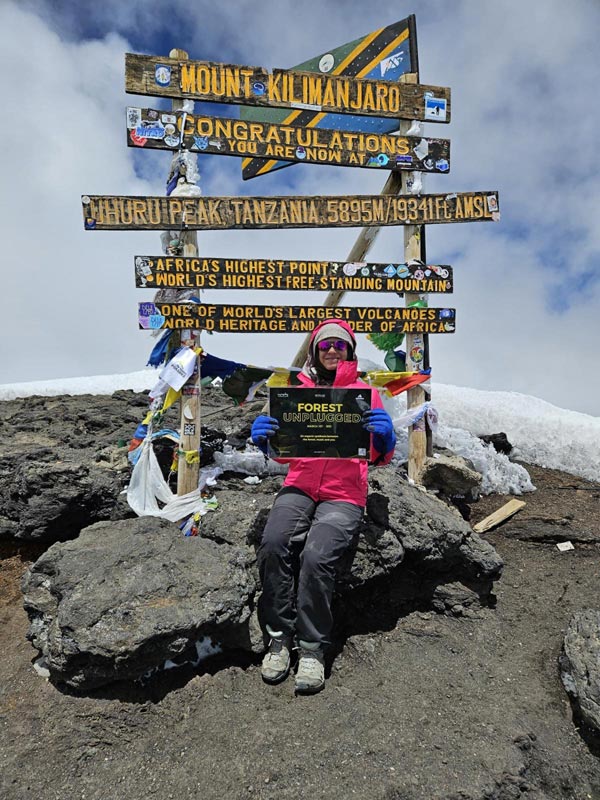
(Maya with the Forest Unplugged Banner)
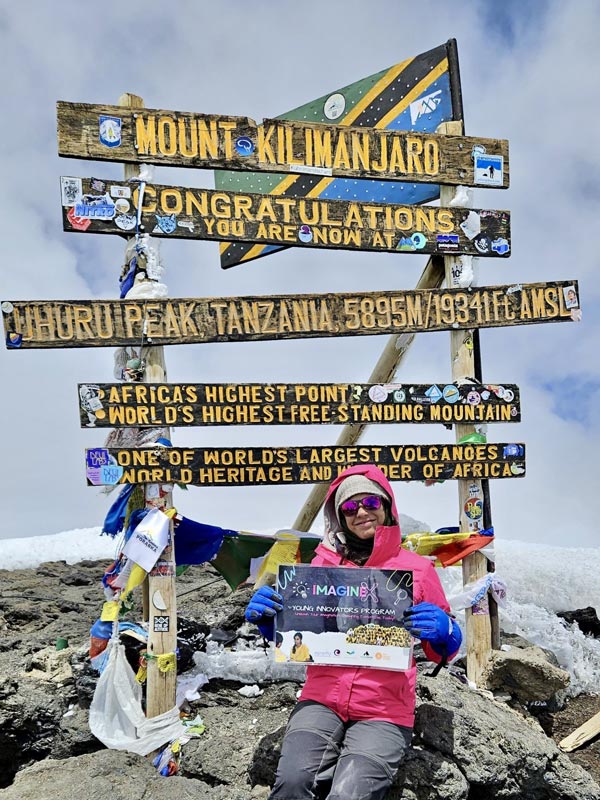
(Maya with the Imagine X Banner)
Having her do that was special for me. It gave me a sense of pride that someone from Gen Z raised the Syngrity flag, carving the path for the adult in me. She is my lucky mascot, and I am most grateful for her presence.
While the group was headed to the summit, I was recovering back in Moshi. Vaibhav had ensured that I was comfortable. I rested for 24 hours in the hotel, found a nice African BBQ place, walked to it and my tummy was fine after some good BBQ pork. No one would have believed that I was “dying” 24 hours back. My stomach just relaxed being on flat ground and what it needed after 5 days of not eating was food.
I ended up spending the entire following day at Arusha National Park, in the forest. I walked into the Hatari Lodge and was invited for a lovely meal with Marlies and Joerg, clicked a photo at the John Wayne Bar and left smiling with a happy tummy and heart. I had spent the day in the forest; my healing had started.
The next day the group landed. As expected, they were exhausted and elated, happy and silent; everything was happening at the same time. By the time we got back to the hotel (I had gone to receive them), everyone was looking forward to just being clean. Once bathed and clothed, I proactively ordered some BBQ pork and fried plantain for the group. We danced, celebrated, laughed, ate; it was a perfect end to a wonderful trip, where we all showed up.
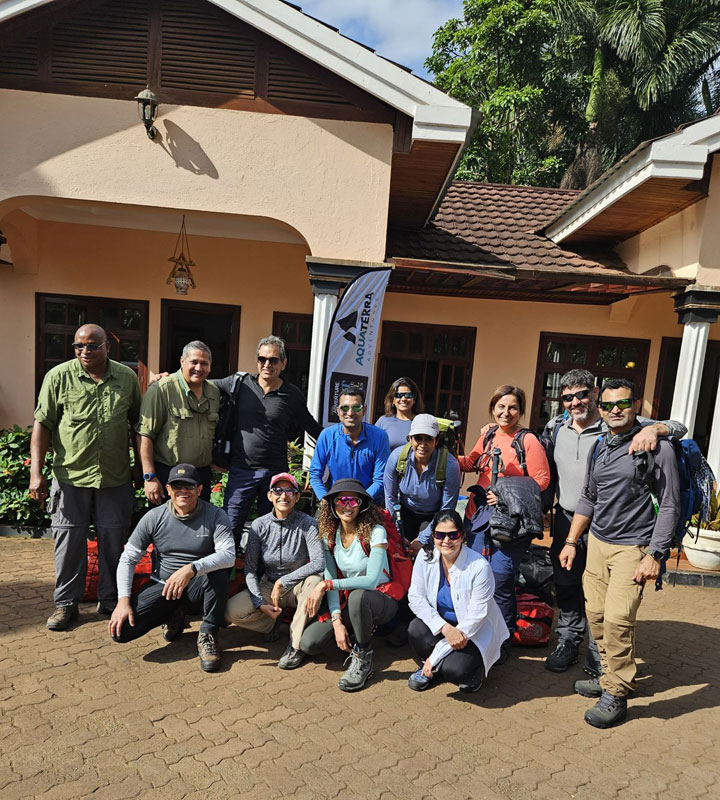
 Vikram Badhwar, CEO, Syngrity, is a communications coach, an experiential educator, and an artist trying to bridge the gap between the creative and the analytical side of our brain. He consults individuals and teams in the space of learning & development to enable transformations at a personal, professional and organizational level.
Vikram Badhwar, CEO, Syngrity, is a communications coach, an experiential educator, and an artist trying to bridge the gap between the creative and the analytical side of our brain. He consults individuals and teams in the space of learning & development to enable transformations at a personal, professional and organizational level.







 MALATI VASUDEVA
MALATI VASUDEVA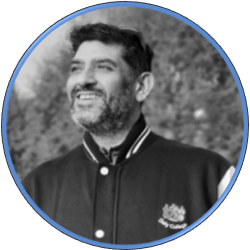 VIKRAM BADHWAR
VIKRAM BADHWAR PRIYANKA KUMAR
PRIYANKA KUMAR SUMAL VARGHESE
SUMAL VARGHESE